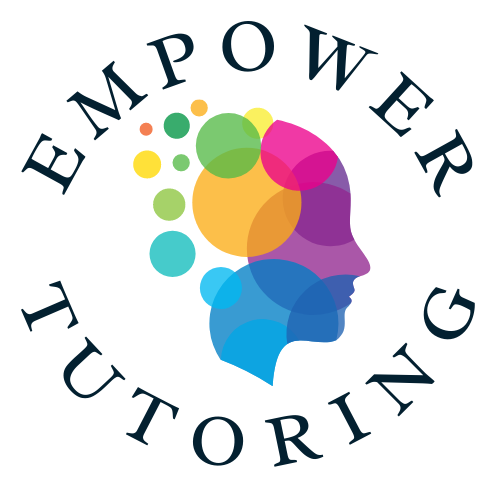Face-to-Face or Online Tutoring?
As education continues to evolve, tutoring has become an integral part of many students' academic lives. With the rise of digital technology, parents and students now have the option to choose between face-to-face and online tutoring. Both methods offer unique benefits and come with their own set of challenges. In this blog, we'll explore some of the pros and cons of both face-to-face and online tutoring to help you decide which option is best suited to you and your child's needs.
Face-to-Face Tutoring
Pros
- Personal Interaction
- Immediate Feedback: In-person sessions allow for instant feedback and clarification of doubts.
- Non-Verbal Cues: Tutors can read body language and facial expressions to gauge understanding and engagement.
- Stronger Rapport: Face-to-face interactions often lead to a stronger personal connection between the tutor and student.
- Structured Environment
- Fewer Distractions: A dedicated tutoring space can provide a structured environment conducive to learning.
- Consistency: Regular in-person meetings can help establish a routine and discipline.
- Hands-On Learning
- Interactive Tools: Tutors can use physical tools, such as textbooks, whiteboards, and educational materials, to enhance learning.
- Kinaesthetic Learning: Students who benefit from hands-on activities and movement can have a more effective learning experience.
Cons
- Limited Flexibility
- Scheduling Conflicts: Coordinating schedules can be challenging, especially for busy families and tutors.
- Fixed Location: Both parties need to be in the same place, which can be inconvenient.
- Higher Costs
- Travel Expenses: Costs associated with travel can add up, whether it's the tutor or student commuting.
- Hourly Rates: Face-to-face tutoring can be more expensive due to additional logistics.
- Geographical Constraints
- Limited Tutor Availability: Finding a qualified tutor in a specific location can be difficult, especially in rural or remote areas.
- Specialized Subjects: It might be challenging to find local tutors with expertise in less common subjects.
Online Tutoring
Pros
- Flexibility and Convenience
- Anywhere, Anytime: Sessions can be conducted from any location with internet access, offering greater flexibility.
- Convenient Scheduling: Easier to find mutually convenient times without the need for travel.
- Access to a Wider Pool of Tutors
- Specialized Expertise: Students can find tutors with specific expertise, regardless of geographical location.
- Diverse Options: Greater choice in terms of tutors' teaching styles, backgrounds, and specialties.
- Cost-Effective
- No Travel Costs: Eliminates the need for travel, saving time and money.
- Competitive Rates: Online tutoring can sometimes be more affordable due to reduced overheads.
- Technological Tools
- Interactive Platforms: Utilisation of digital tools like interactive whiteboards, screen sharing, and multimedia resources can enhance the learning experience.
- Recorded Sessions: Ability to record sessions for later review and reinforcement.
Cons
- Technical Issues
- Connectivity Problems: Poor internet connection can disrupt sessions.
- Technical Difficulties: Challenges with software, hardware, or digital platforms can cause frustration.
- Lack of Personal Interaction
- Limited Non-Verbal Cues: Difficult to read body language and facial expressions, which are important for communication.
- Reduced Engagement: Some students may find it harder to stay engaged in a virtual environment.
- Distractions at Home
- Home Environment: Distractions from family members, pets, or household noise can hinder concentration.
- Lack of Structure: The informal setting might not provide the same level of discipline as a traditional learning environment.
Conclusion
Both face-to-face and online tutoring have their distinct advantages and disadvantages. Face-to-face tutoring offers personal interaction, a structured environment, and hands-on learning, but comes with limitations in flexibility, higher costs, and some geographical constraints. Online tutoring provides greater flexibility, access to a wider pool of tutors, cost-effectiveness, and technological tools, but may suffer from technical issues, lack of personal interaction and home distractions.
When deciding between the two, consider your child's specific needs, learning style, and circumstances. By weighing the pros and cons, you can make an informed decision that will best support you and your child's educational goals and preferences.










